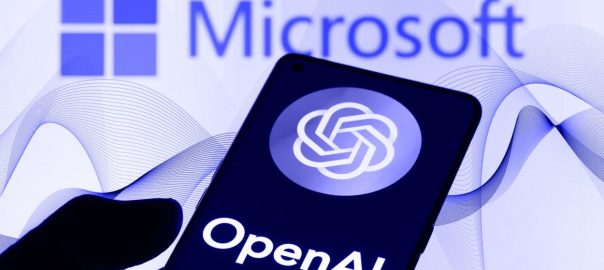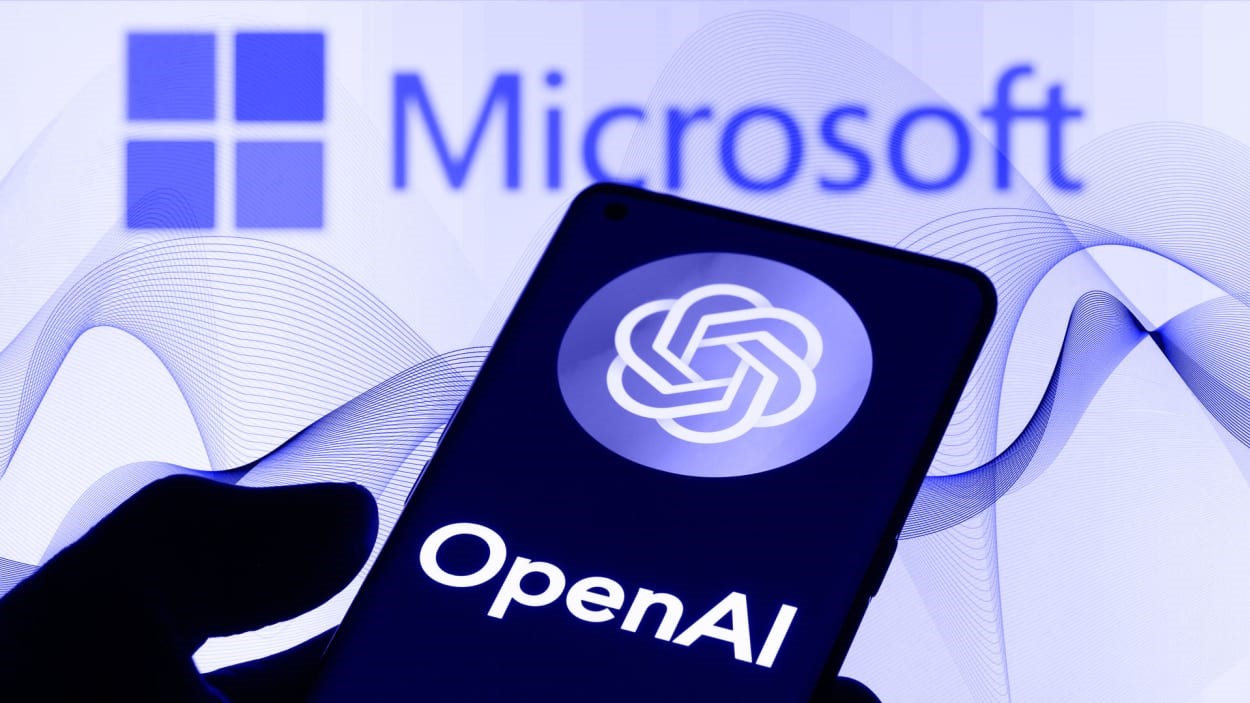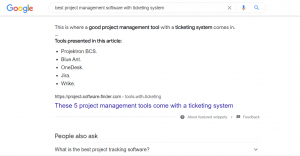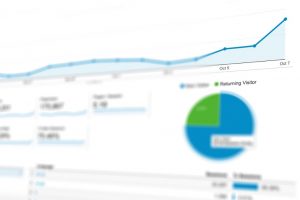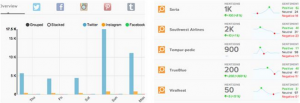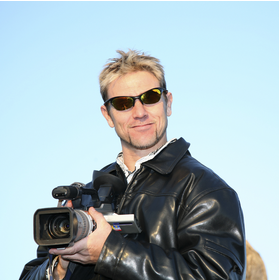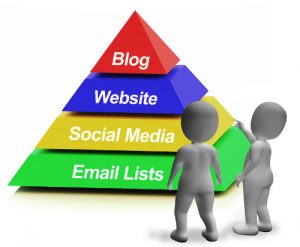“I’ve known Sam for a long time.”
That was Microsoft CEO Satya Nadella last June, telling me the origin story of how his company came to strike an unorthodox deal with OpenAI CEO Sam Altman to become the startup’s primary partner. We were chatting for a Fast Company’s cover story on Microsoft’s enviable position in AI: It was using OpenAI’s breakthroughs as the foundation for potentially transformative new features in products such as Word, Excel, Windows, Bing, GitHub, and Azure.
It was Nadella’s existing relationship with Altman that led him to ask Microsoft CTO Kevin Scott to visit OpenAI and check out its GPT large language model, well before even industry insiders were paying close attention. Scott was dazzled by what he saw. That led to Microsoft securing preferred access to GPT as part of its investment in the fledgling AI nonprofit, a reported total of $13 billion in cash and cloud-computing credits.
After the OpenAI board’s stunning ousting of Altman on Friday, Microsoft’s tight bond with the now former CEO is moot. At least for the moment, that is: As I was writing this piece, The Wall Street Journal’s Keach Hagey reported that OpenAI investors are attempting to orchestrate Altman’s return, a twist that should surprise nobody.
The prospect that Altman might be gone forever remains a momentous development, given that the Microsoft executives I spoke with for our cover story often used “OpenAI” and “Sam” almost interchangeably. Scott, for example, explained that back when much of the industry still doubted that a technology such as GPT could be transformative, “Sam and I believed differently.”
For now, Microsoft is understandably accentuating the positive, at least in its public comments about its work with OpenAI under its interim CEO Mira Murati. “We have a long-term agreement with OpenAI with full access to everything we need to deliver on our innovation agenda and an exciting product roadmap; and remain committed to our partnership, and to Mira and the team,” Nadella said in a statement on the Official Microsoft Blog.
Still, behind the scenes, Microsoft is surely gobsmacked by what just happened. Axios’s Ina Fried reported that it received word of Altman’s removal one minute before OpenAI issued a public announcement. According to an unnamed source cited by Semafor’s Reed Albergotti, Nadella believes the OpenAI board “has destabilized a key partner for the company,” a conclusion that’s closer to a statement of undeniable fact than mere opinion.
For those of us on the outside, Altman’s firing remains shrouded in mystery: OpenAI’s initial statement about its move was so vague it raised more questions than it answered. Even a report by The Information’s Jon Victor, Stephanie Palazzolo, and Anissa Gardizy on OpenAI’s all-hands discussion of the news barely clarified matters, though it suggested disagreements over how to balance the safety risks and economic potential of ever-smarter AI were a factor. “This was the board doing its duty to the mission of the nonprofit, which is to make sure that OpenAI builds [artificial general intelligence] that benefits all of humanity,” chief scientist Ilya Sutskever was said to have told the staff. (The company has said that it’s investing 20% of its resources in ensuring that future superintelligent AI doesn’t threaten to overwhelm the humans who invented it.)
Altman’s abrupt dismissal proves that Microsoft’s willingness to rely on an outside source for technology core to its future was always a big bet with the potential for unanticipated repercussions. In a conversation last May, Nadella was understandably upbeat about the gambit. “I felt like, ‘Hey, [OpenAI] is a great team that we can actually partner with and have a long-term, stable relationship,’” he told me. “That’s another one of those calls that, when we made it, was not at all obvious, and now it feels like, ‘Hey, this is great that it’s working.’”
If it continues to work, and Altman is indeed gone forever, it’ll be because Microsoft’s interest in leveraging AI as its next growth engine remains sufficiently compatible with the goals of OpenAI’s new management— especially interim CEO Murati. When I spoke to her in June for our Microsoft cover story, she acknowledged occasional bumps in the OpenAI-Microsoft relationship, calling them the sort of “normal friction” that’s especially likely when a small company and a huge one work together. Mostly, though, she emphasized that the tech giant had bought into OpenAI’s long-term vision for responsibly driving AI development. “It’s hard to find a partner that has the resources, the competency, and also the alignment in values and beliefs,” she said. “And we found that with Microsoft.”
That Microsoft’s public statement referenced its “long-term agreement with OpenAI” might be a subtle acknowledgment that what it gets out of the collaboration henceforth involves contractual obligations as well as the quality of the companies’ working relationship. Even if that relationship remains sturdy for the time being, it will be stress-tested in new ways as future AI advances require the companies to confront new ethical conundrums. Among its many implications, Altman’s shocking ouster—less than a year after ChatGPT’s debut—shows that we can’t take anything for granted about how it will all pan out.
In one of our conversations, I asked Nadella if he was haunted by regret that Microsoft hadn’t invented something as powerful as GPT on its own. “I don’t look at it and say, ‘God, I wish I’d built OpenAI,’” he said. “I think about it like, ‘What if we had not done what we did with OpenAI?’ I would have regretted that a lot more!” He may well still feel that way. But it’s tough to imagine he isn’t looking at the deal in a new light today—and that he isn’t already girding himself for further surprises ahead.
(3)
